Animal habitats can be categorized into three primary types: terrestrial habitats found on land, as well as two aquatic habitats: freshwater and marine habitats in saltwater.
Terrestrial animal habitats encompass various landscapes such as forests, grasslands, and deserts. Freshwater animal habitats include lakes, rivers, and marshes, while marine animal habitats consist of coral reefs, the open ocean, and the intertidal zone.
Here, we delve into the diverse array of animal habitats and provide examples of species inhabiting each one.
What Constitutes an Animal Habitat?
An animal habitat is a combination of physical elements that impact animal life within a specific region. These elements comprise climate, sunlight availability, geological characteristics (such as the types of rocks and soil present), the abundance and type of plant life, as well as the presence and quantity of salt or fresh water.
Any location where an animal can reside can be considered an animal habitat. This encompasses everything from a forest to the inner confines of another creature!
Within this page, we explore the major terrestrial and aquatic animal habitats found across the Earth.
Terrestrial Animal Habitats
A terrestrial habitat refers to a habitat situated on land rather than in water. The earliest animals emerged in the sea roughly 600 million years ago, with the advent of land-dwelling creatures occurring approximately 150 million years later during the Ordovician Period.
1. Forest Habitats
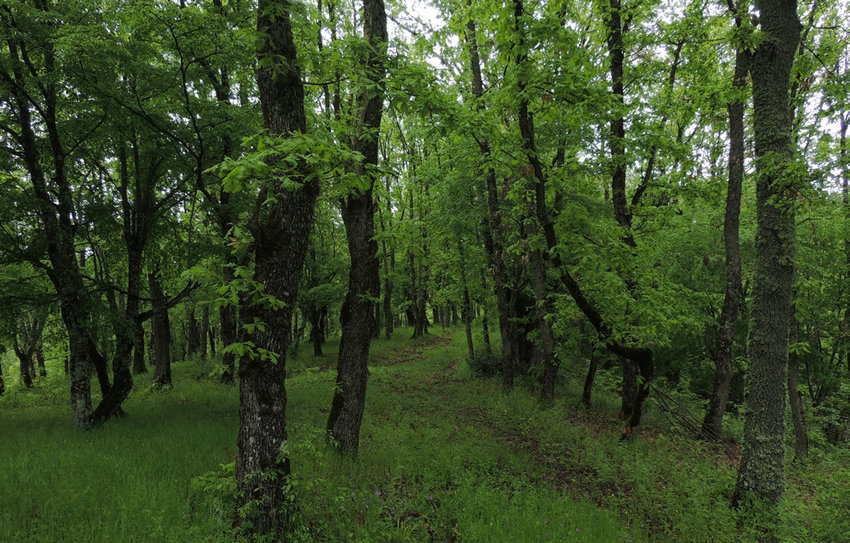
Forests are areas dominated by trees as their primary vegetation. Covering approximately 31% of the Earth’s landmass, forests harbor more animal species than any other terrestrial habitat.
A multitude of animals call forests home, particularly those adapted for arboreal (tree-dwelling) lifestyles. Examples of animals inhabiting forest habitats include bears, monkeys, gorillas, wild cats like tigers and ocelots, deer, woodpeckers, owls, tree frogs, and various species of snakes.
To discover more forest-dwelling creatures, refer to our page on Forest Animals. For further insight into forest habitats, visit The Forest Biome page.
2. Boreal Forest / Taiga
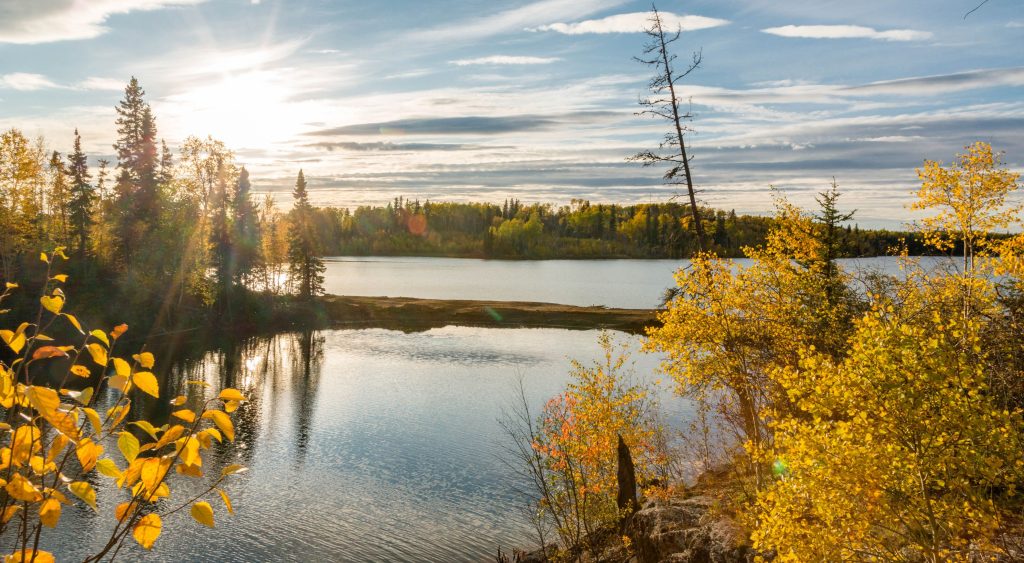
Boreal forests, also known as taiga, are found in the northern hemisphere, situated between the Arctic tundra to the north and northern temperate forests to the south.
Covering approximately 11.5% of the Earth’s land area (equivalent to roughly 17 million square kilometers or 6.6 million square miles), boreal forests are primarily dominated by coniferous trees, including spruces, larches, and pines. These forests experience snow cover for a significant portion of the year.
Animals that inhabit boreal forests include American black bears, brown bears, wolves, North American and Eurasian beavers, reindeer/caribou, great gray owls, Canada and Eurasian lynxes, snowshoe hares, and ravens.
3. Tropical Rainforest
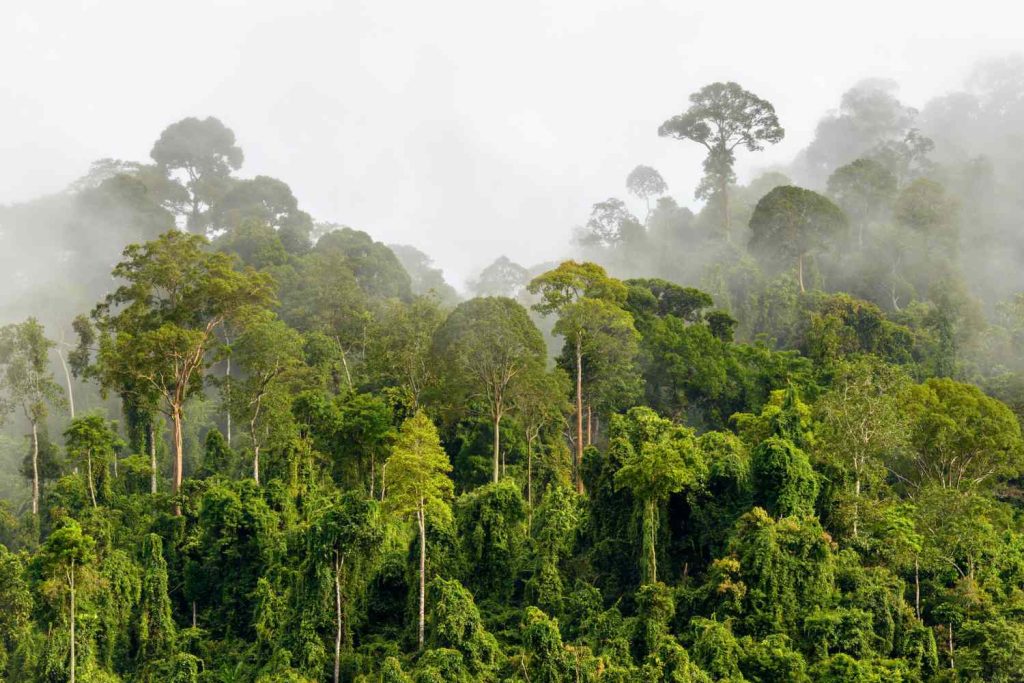
Tropical rainforests thrive near the equator, between the Tropics of Cancer and Capricorn. Despite occupying only around 6% of the Earth’s surface, rainforests house a staggering 80% of all known species.
These rainforests exhibit a consistently hot climate throughout the year, with abundant rainfall. Seasonal variations are minimal, enabling continuous plant growth year-round.
Due to these factors, tropical rainforests boast the highest biodiversity among all terrestrial habitats.
Animals inhabiting tropical rainforest habitats worldwide include red-eyed tree frogs, harpy eagles, macaws, toucans, electric eels, blue morpho butterflies, Hercules beetles, umbrellabirds, green anacondas, gaboon vipers, orangutans, sloths, gorillas, spider monkeys, and howler monkeys.
4. Temperate Forest
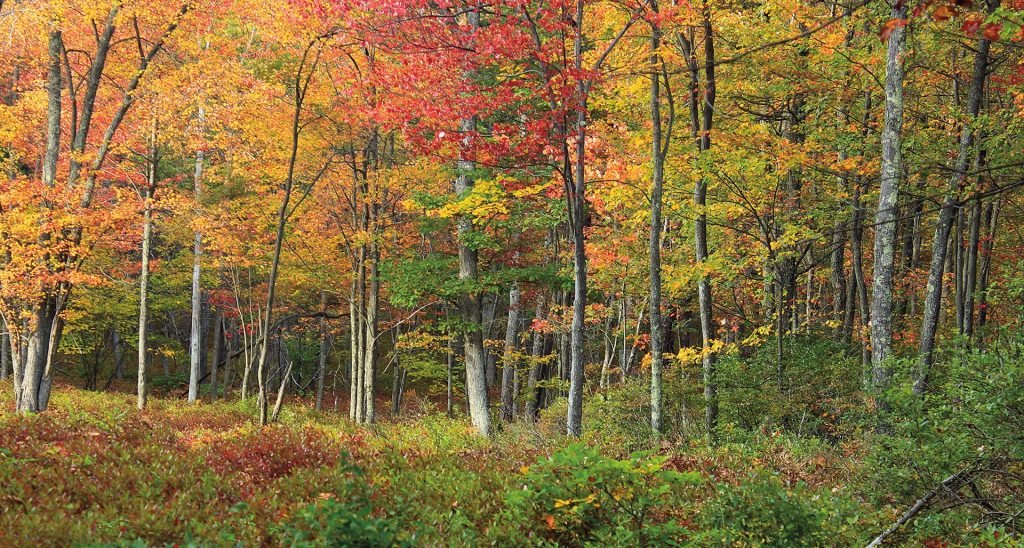
Temperate forests are found in the temperate zones, which lie between the Earth’s tropical and polar regions.
While not as diverse as tropical rainforests, temperate forests still serve as vital habitats for numerous animal species, providing shelter and food resources.
Examples of animals that inhabit temperate forests around the world include chipmunks, voles, raccoons, flying squirrels, bears, bald eagles, goshawks, sparrowhawks, fire salamanders, Tasmanian devils, and platypuses.
5. Grassland Habitat

In contrast to forest habitats dominated by trees, grassland habitats are characterized by an abundance of grasses. Grasses, belonging to the Poaceae family, are flowering plants. Some rely on wind pollination, while others depend on insects for pollination.
Grasslands cover between 31% and 69% of the Earth’s land area, depending on how they are defined. These open landscapes often experience low rainfall and cold winters, resulting in regions with relatively low biodiversity.
Grazing animals typically inhabit grasslands, playing a crucial role in minimizing tree growth.
Examples of animals found in grassland habitats include aardvarks, aardwolves, kangaroos, wallabies, Pallas’s cats, saiga antelopes, American badgers, American bison, coyotes, prairie dogs, giant anteaters, maned wolves, and rheas.
6. Savanna Habitat
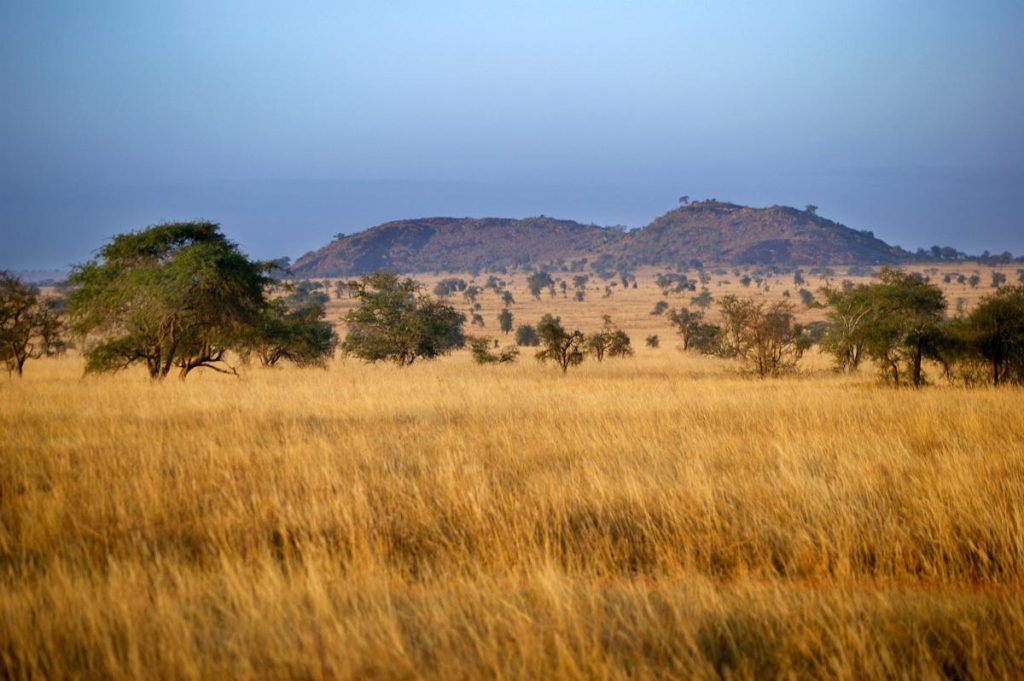
Savannas, sometimes spelled as “savannahs,” are habitats that lie between forests and grasslands. Unlike pure grasslands, savannas feature scattered trees with enough space between them for grass to thrive. They lack a continuous canopy layer, allowing sunlight to reach the ground.
The most renowned savanna habitat can be found in sub-Saharan Africa, home to iconic animals like wildebeests, African buffalos, zebras, African bush elephants, hippos, giraffes, lions, cheetahs, hyenas, and African wild dogs.
7. Tundra Habitat
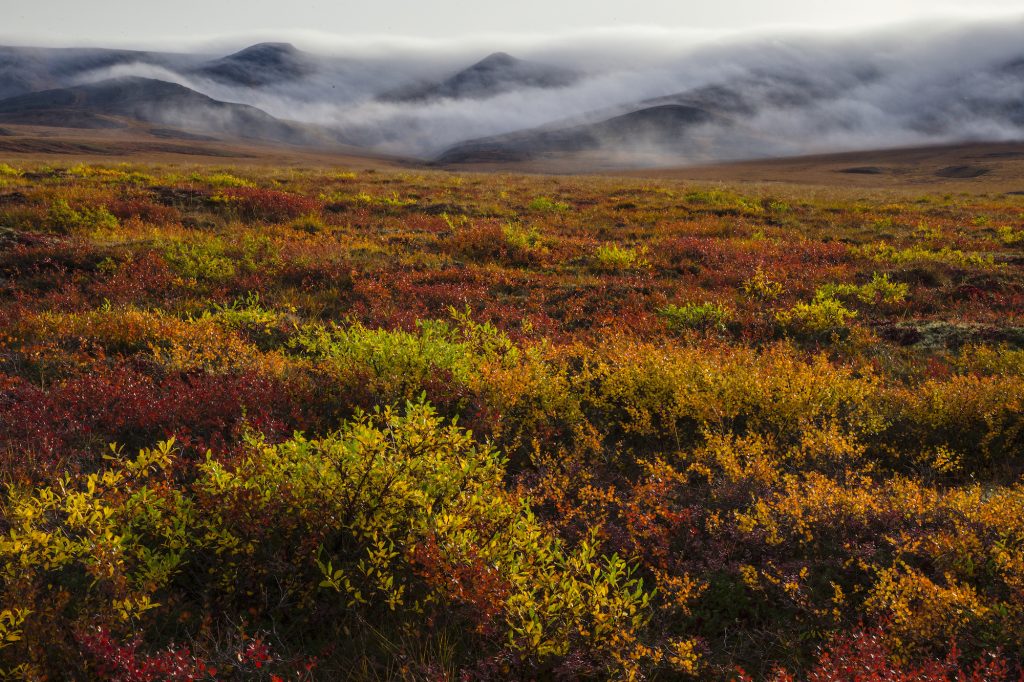
Tundra is a habitat found in polar regio
ns characterized by permanently frozen soil. During the long winters, daylight hours are either limited or nonexistent.
Only the hardiest of plants can survive in the tundra, and the animals adapted to this harsh environment have evolved various specializations.
Tundra habitats exist in both the Arctic and Antarctica. Additionally, a type of tundra known as alpine tundra can be found above the tree line in mountainous regions.
Animals that call the tundra habitat home include Arctic foxes, Arctic hares, muskoxen, caribou/reindeer, Dall sheep, lemmings, Arctic wolves, wolverines, voles, narwhals, belugas, skuas, and several gull species.
8. Desert Habitat

Deserts are characterized by minimal rainfall, resulting in one of the least biodiverse habitats. Deserts can be classified as either “hot” or “cold” based on their geographical location and temperature extremes.
“Hot deserts” include Africa’s Sahara Desert and Kalahari Desert, as well as Australia’s Great Australian Desert. In contrast, “cold deserts” include Asia’s Gobi Desert, South America’s Patagonian Desert, and much of Antarctica.
Even in hot deserts, temperatures can drop significantly at night due to the lack of cloud cover. The wide temperature fluctuations pose additional challenges for desert-dwelling animals.
Animals adapted to desert habitats include Arabian oryx, camel spiders, scorpions, camels, fennec foxes, kit foxes, Gila monsters, meerkats, Mojave Desert tortoises, thorny devils, perenties, and water-holding frogs.
9. Montane Habitat

Mountains, rising over 1,000 feet (300 meters) above sea level, provide unique montane habitats. Mountain ranges form through tectonic movements or volcanic activity.
Within a single mountain, various habitats exist, ranging from montane forests in the foothills and valleys to alpine tundra above the tree line.
Animals that thrive in montane habitats include alpine marmots, Alpine ibexes, Andean condors, chamois, golden eagles, Himalayan tahrs, snow leopards, wild goats, mountain goats, and mountain hares.
10. Caves
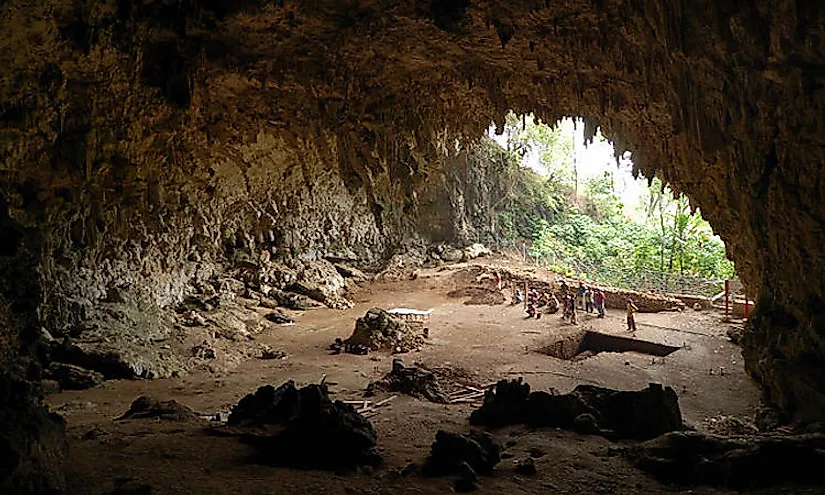
Caves are natural underground cavities formed through erosion by water or tectonic processes.
Due to the absence of light and limited plant life, caves do not support a high number of species. Cave-dwelling animals, known as troglobites, have unique adaptations such as partial or complete blindness, pale pigmentation, and enhanced non-visual sensory organs.
Examples of animals that inhabit caves include the olm (cave salamander), Phantom cave snail, white cave velvet worm, Nelson cave spider, Madla cave spider, Aleys’ cave millipede, Benton County cave crayfish, rosy woodlouse, cave cricket, and Troglocladius hajdi, a blind midge capable of flying.
Animals that occasionally seek shelter in caves but spend significant time outside, like bats, bears, hyenas, and oilbirds, are not considered troglobites.
These diverse animal habitats highlight the remarkable adaptations and survival strategies of creatures across the globe. By exploring and understanding these habitats, we gain valuable insights into the interconnectedness and richness of our planet’s ecosystems.
11. Urban Habitats

Within the bustling confines of towns and cities, urban habitats emerge, encompassing buildings, parks, and gardens. Despite the human dominance, these areas surprisingly host a considerable amount of wildlife, particularly adaptable and versatile species.
Animals that can be found in urban habitats include red foxes, coyotes, raccoons, gulls, rats, mice, feral pigeons, and peregrine falcons.
12. Aquatic Habitats
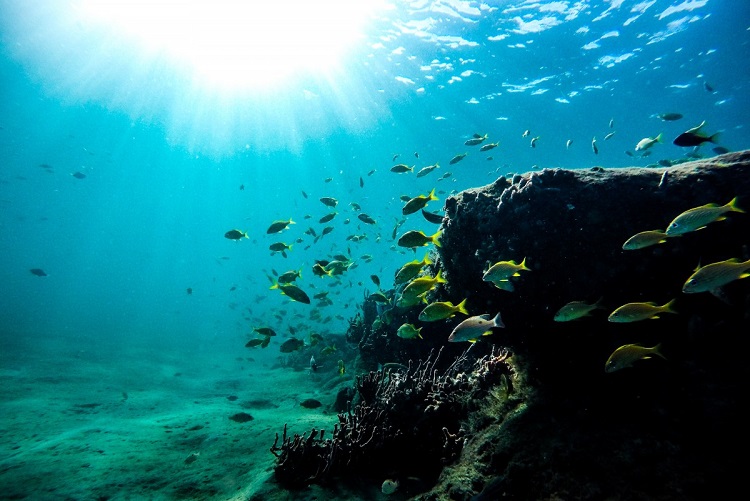
The vast aquatic habitats of the world can be categorized into two main groups: marine habitats existing in saltwater and freshwater habitats. Here are examples of aquatic habitats within both groups.
13. Freshwater Animal Habitats
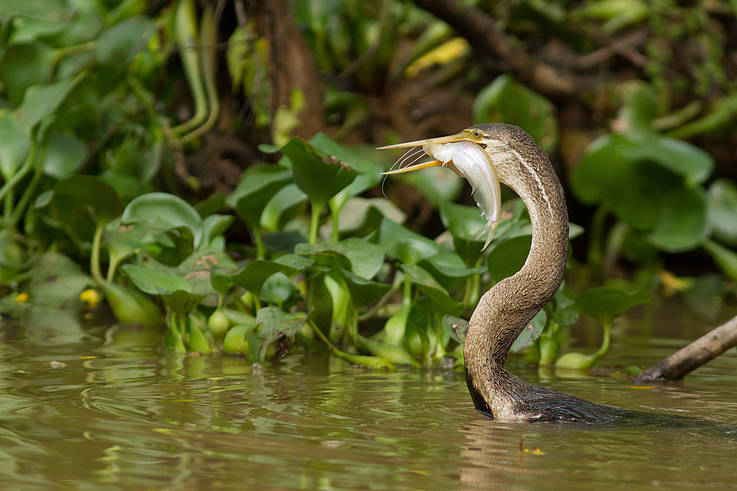
Only a small fraction of Earth’s water, less than 3%, constitutes freshwater, with much of it frozen in polar ice caps and glaciers. The portion of freshwater capable of supporting diverse life is even smaller—approximately 0.014%—found in rivers, lakes, and wetlands.
14. Freshwater Wetlands
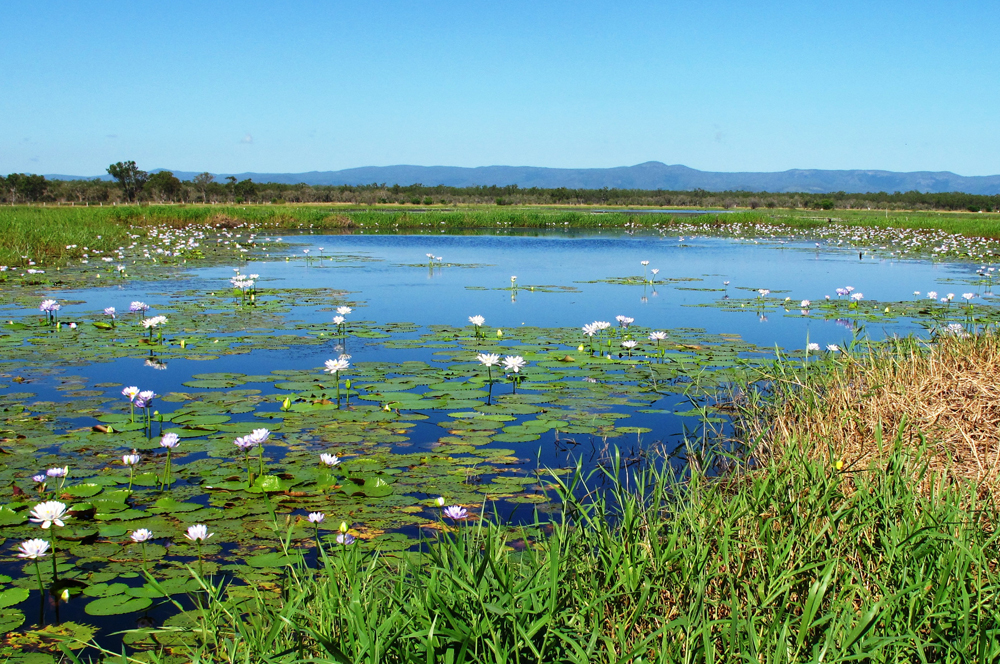
Wetland habitats emerge in areas where the ground is submerged or saturated by water. Freshwater wetlands include swamps and marshes, with swamps dominated by woody trees or shrubs, while marshes thrive with aquatic plants.
Wetlands can be found across every continent, harboring a diverse array of animal life.
15. Rivers
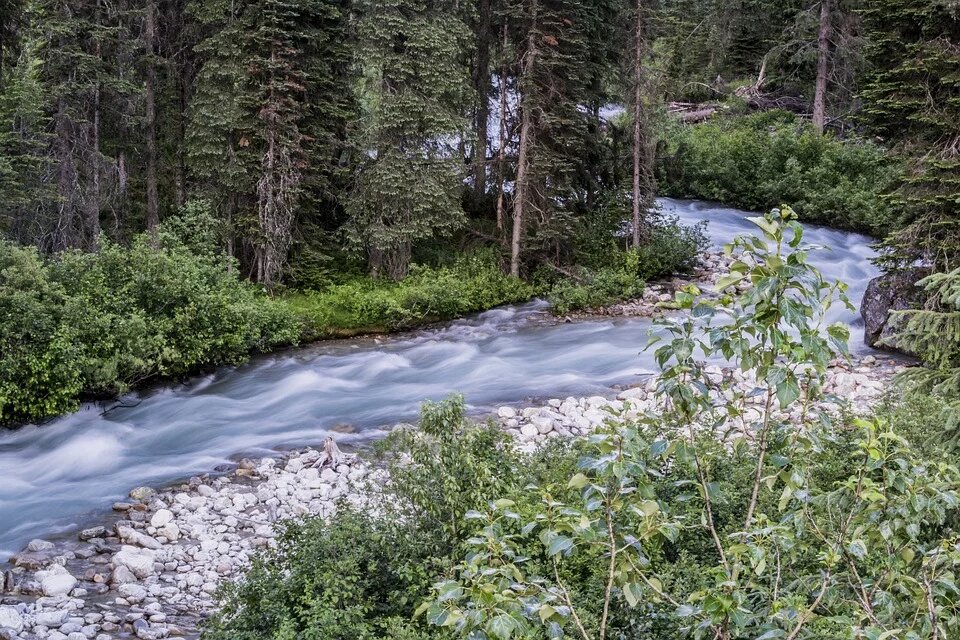
Rivers, flowing bodies of water, provide habitats not only within the river itself but also in the riparian zones along their banks. Rivers are freshwater habitats, although they can become brackish as they near the sea, where saltwater and freshwater mix.
Animals that live in or near rivers include crocodiles, alligators, nutria/coypu, river dolphins, pike, perch, catfish, otters, hellbenders, alligator snapping turtles, kingfishers, dragonflies, and mayflies.
Rivers also serve as temporary homes for migratory fish like salmon, steelhead, sea trout, and freshwater eels, which migrate between freshwater and marine habitats.
16. Lakes & Ponds
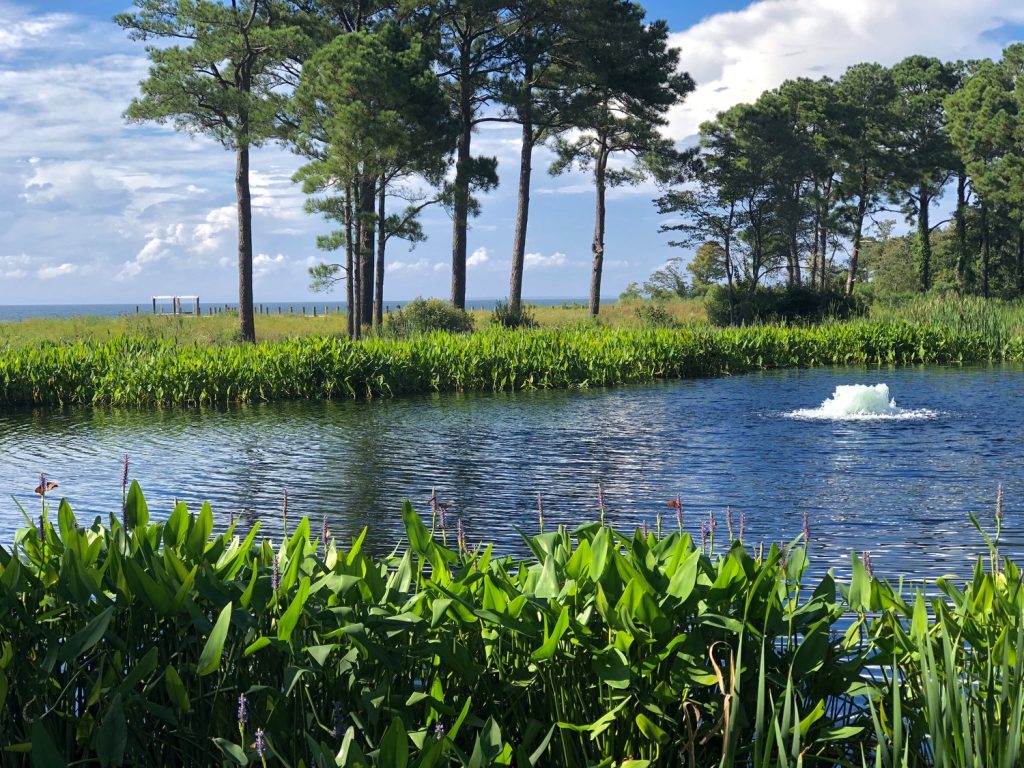
Lakes and ponds are still bodies of water, with lakes generally being larger and deeper than ponds. Various factors, including tectonic, glacial, or volcanic activities, contribute to the formation of lakes.
Additionally, rivers can give rise to lakes, with oxbow lakes being a common example, formed when a U-shaped section of a river becomes isolated from the main flow.
Many animals found in other freshwater habitats, such as wetlands and rivers, also reside in lakes and ponds.
Examples of animals inhabiting lakes include hippopotamuses, common water snakes, common mudpuppies, walleye, largemouth bass, smallmouth bass, carp, common snapping turtles, great diving beetles, water striders, and water boatmen.
17. Marine Animal Habitats
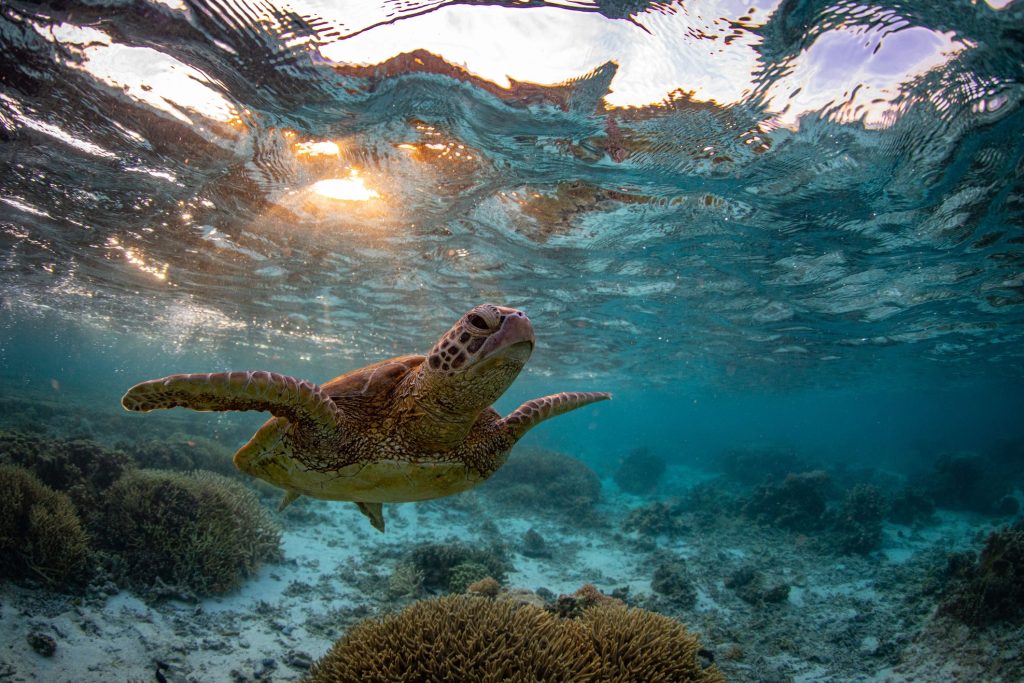
The whale shark, both the largest shark and fish in the world, roams tropical and sub-tropical waters across the globe. The oceans and seas, covering 71% of Earth’s surface and containing over 96% of its water, have been home to life forms for over 3.5 billion years, with marine animals as the ancestors of all terrestrial creatures.
Marine habitats encompass not only the expansive open ocean but also the world’s coastlines, estuaries, reefs, and other saltwater ecosystems.
The sea teems with an immense array of animals, including fish, crustaceans, mollusks, worms, and cnidarians such as jellyfish, sea anemones, and corals. Marine habitats are also home to a select number of mammals like whales and dolphins, as well as reptiles such as sea turtles and sea snakes.
18. The Coast
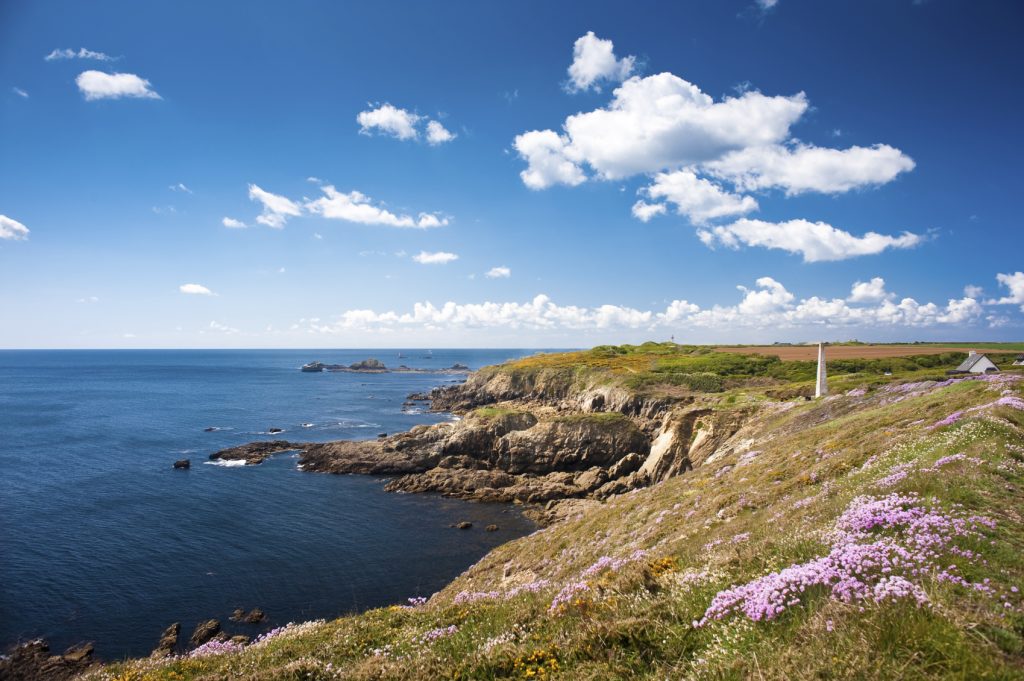
Where land and sea converge, the coast emerges as a unique region. Coastal habitats support a wide range of animals, from sediment-dwelling worms to avian species like gulls and waders, equipped with adaptations for foraging in coastal environments. Pinnipeds, including seals, sea lions, and walruses, utilize coasts for breeding purposes in various parts of the world.
19. Deep Sea
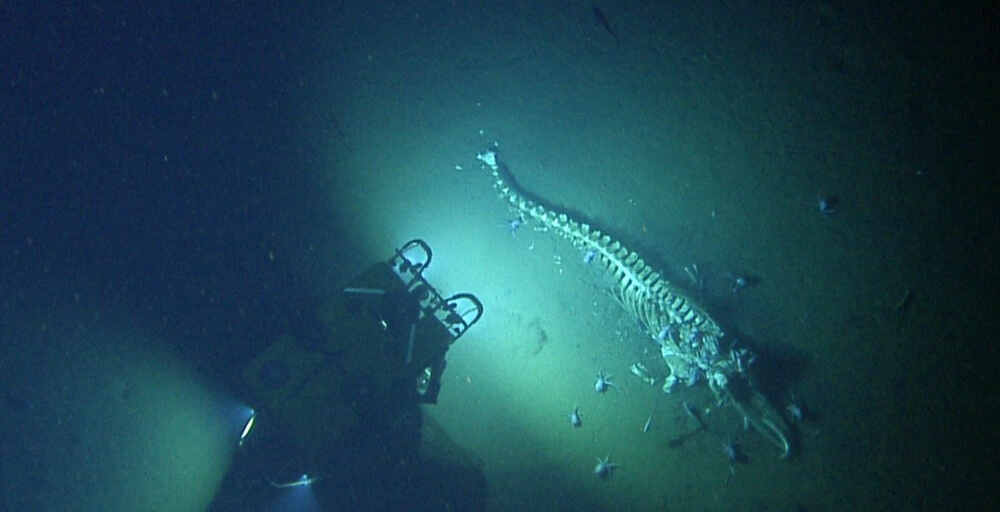
Beneath the surface, where sunlight dwindles, lies the mysterious realm of the deep sea. This vast and dark expanse is home to a plethora of bizarre and fascinating creatures. Adapted to survive extreme pressure and scarce resources, deep-sea animals display extraordinary features such as bioluminescence and unique body structures.
Deep-sea habitats house an abundance of organisms, including deep-sea anglerfish, gulper eels, giant isopods, vampire squid, and hydrothermal vent communities featuring tube worms and vent crabs.
Exploring these diverse aquatic habitats provides us with a deeper understanding of the complex and interconnected web of life that thrives beneath the waves. Each habitat offers a distinct set of challenges and opportunities, shaping the incredible adaptations and survival strategies of the creatures that call them home.
20. The Intertidal Zone
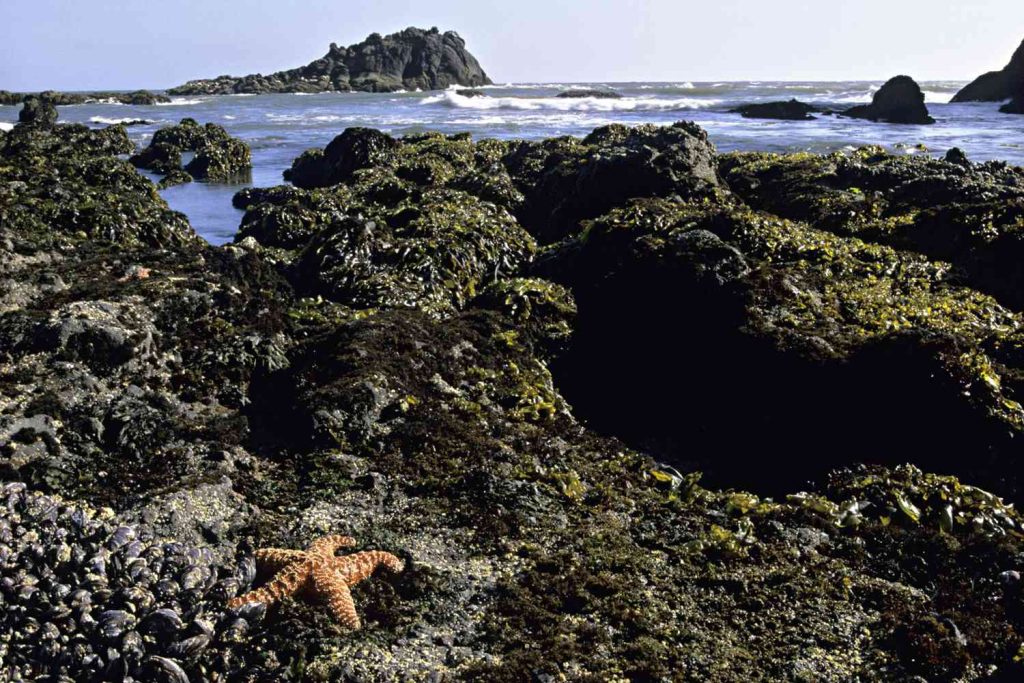
Stretching between the low-water mark and the high-water mark, the intertidal zone emerges as a dynamic area along the shore. It reveals itself during low tide and submerges under water during high tide.
As the tide recedes, it leaves behind rock pools or tide pools, small pockets of water that become temporary homes for a variety of marine creatures.
Animals that inhabit the intertidal zone include lugworms, ragworms, crabs, barnacles, sea stars, sea urchins, periwinkles, anemones, limpets, blennies, rock gobies, and weeverfish.
21. Estuaries
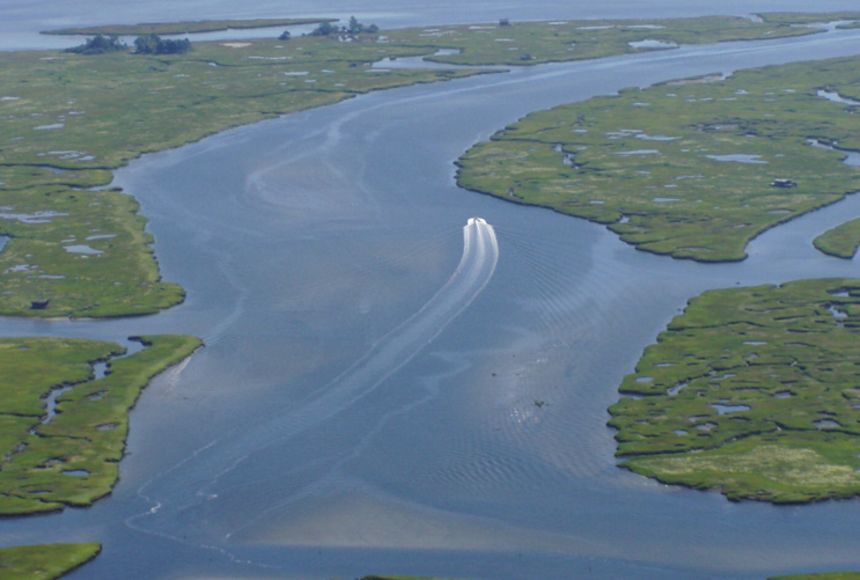
Estuaries form where rivers meet the sea, creating brackish water—a mixture of saltwater and freshwater. These nutrient-rich habitats support a wide range of animal species.
Estuarine animals include waterfowl such as ducks and geese, wading birds like sandpipers, plovers, oystercatchers, and stilts, as well as herons, egrets, mullets, and porpoises.
22. Mangrove Forests
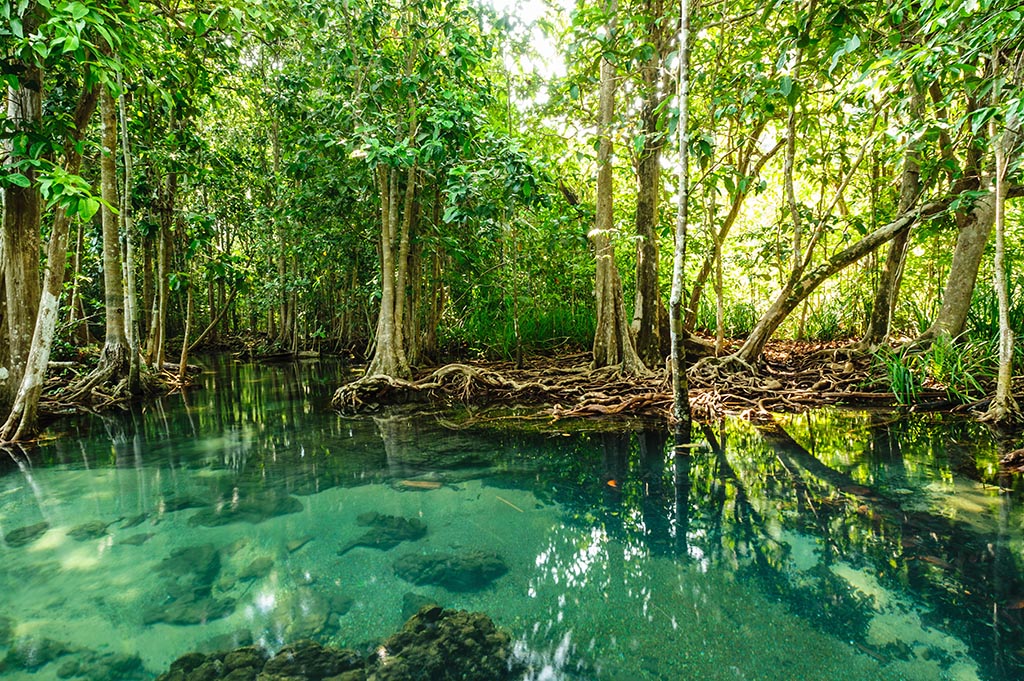
Within the intertidal zone, mangrove forests thrive as wetland areas characterized by the dominance of mangrove vegetation.
Mangroves are trees or woody shrubs that have adapted to survive in brackish or saltwater environments. Many mangroves have prop roots that elevate the main plant above the water level.
Animals that call mangrove forests home include sponges, oysters, crustaceans like shrimp, mud lobsters, barnacles, fiddler crabs, mangrove crabs, and blue soldier crabs. Birds such as the mangrove fantail, mangrove kingfisher, brown pelican, and great egrets, as well as fish like mangrove jack, mangrove snapper, and mangrove whipray, are also found in these habitats.
23. Seagrass Meadows
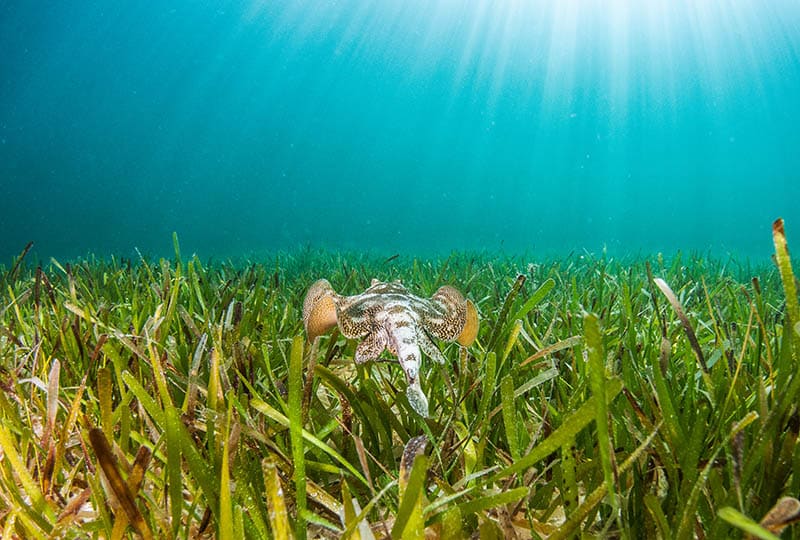
Seagrass meadows refer to shallow coastal areas dominated by seagrasses. These unique flowering plants are capable of growing in marine habitats and are the only plants that thrive underwater. Their long, green leaves resemble land grasses.
Within seagrass meadows, a diverse array of animals can be found, including mollusks, bristle worms, crustaceans like shrimp and crabs, seahorses, flatfish, and larger species like dugongs, manatees, and green sea turtles.
24. Kelp Forests
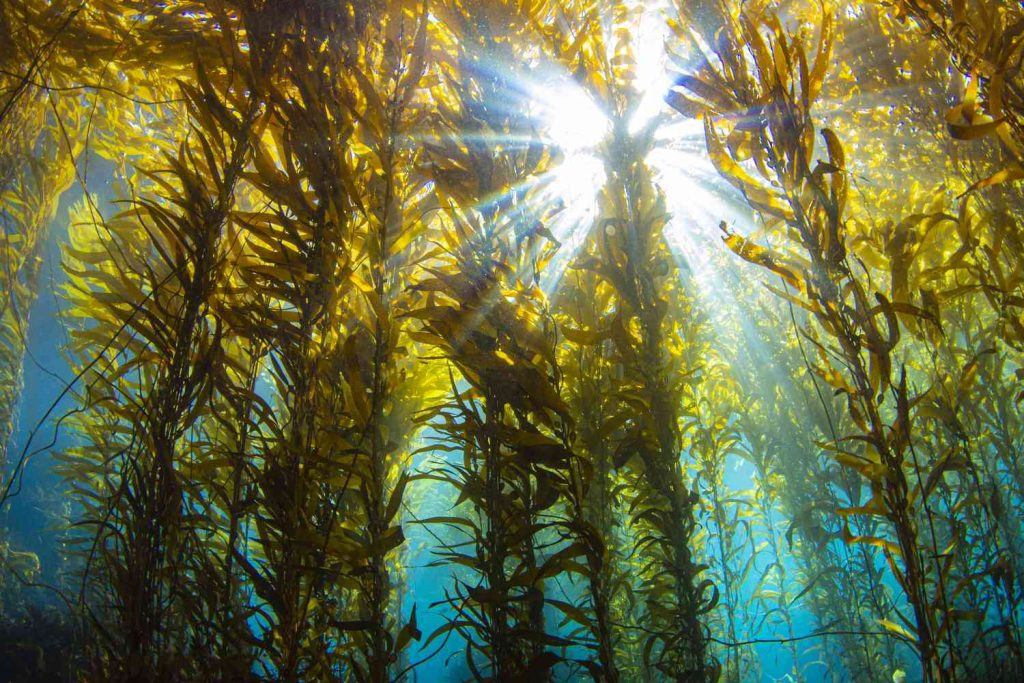
Kelp forests, prevalent in temperate and polar regions, represent underwater areas dominated by kelp—a type of brown algae seaweed that anchors itself to the seabed.
Animals that inhabit kelp forests include rockfish, sea snails, sea urchins, brittle stars, bristle worms, clams, mussels, seals, sea lions, and the sea otter, which plays a vital role as a keystone species by preying on sea urchins that graze on the kelp.
25. Coral Reefs
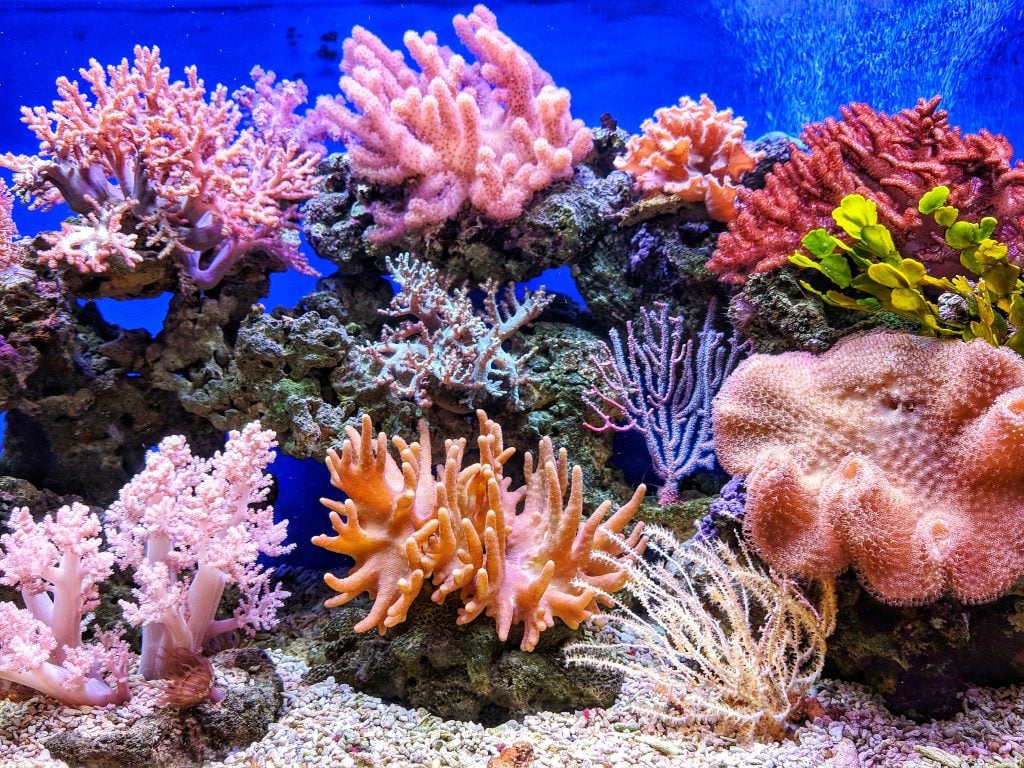
Coral reefs, formed by colonies of corals—colonial marine invertebrates related to jellyfish and sea anemones—flourish as undersea habitats.
The accumulation of calcium carbonate from the corals’ skeletons gradually forms rock-like structures.
Coral reefs, known as the “rainforests of the ocean,” support an incredibly diverse range of species, with an estimated 25% of all marine species residing within these habitats.
Animals found on coral reefs include invertebrates like sponges, jellyfish, starfish, sea urchins, and sea cucumbers, as well as fish such as wrasses, triggerfish, and sharks.
26. The Open Sea
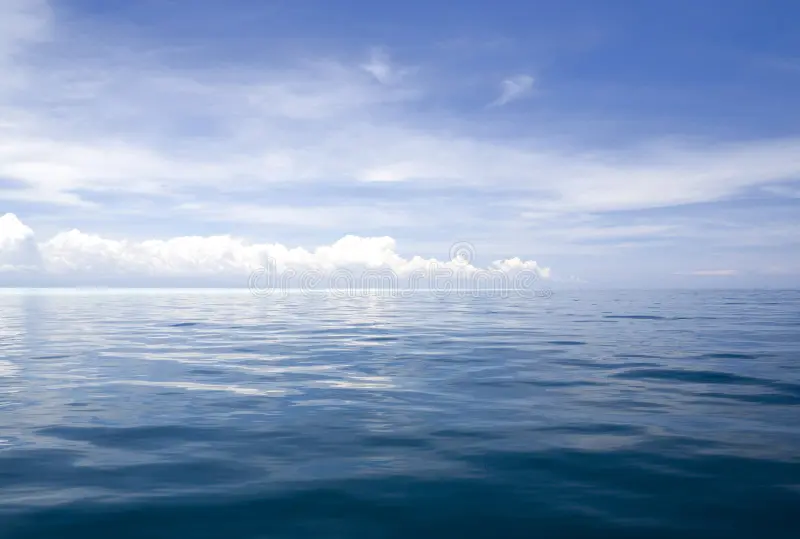
Beyond the shallow waters surrounding landmasses, the open sea unfolds—an expanse that stretches above the seabed. This vast area, also known as the “pelagic zone,” showcases a world of its own.
Within the open sea, a multitude of animals find their home, including whales, dolphins, herrings, sardines, anchovies, tuna, sharks, sunfish, and migrating sea turtles.
27. Hydrothermal Vents
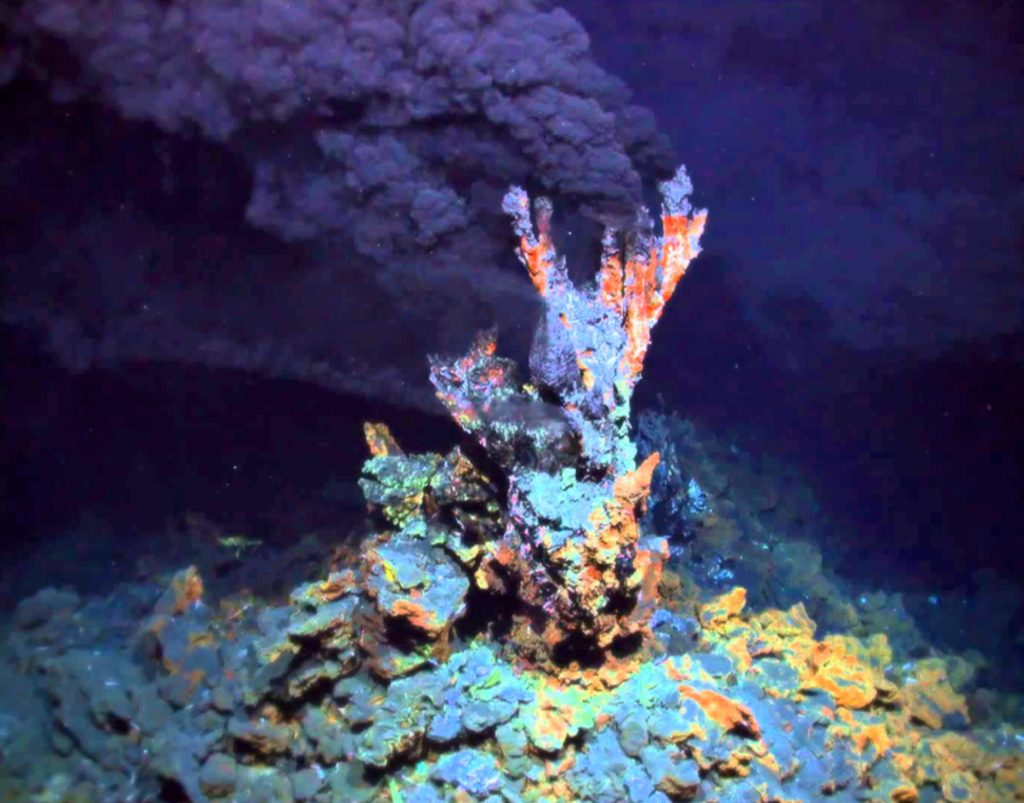
Hidden beneath the ocean’s surface, hydrothermal vents emerge as cracks in the Earth’s crust, caused by the shifting of tectonic plates.
These vents release heat from the magma below, resulting in the heating of seawater to temperatures exceeding 700°F (371°C) due to the high pressure at such depths.
The chemical-rich emissions from the vents provide sustenance for bacteria and other microorganisms, forming the base of a unique ecosystem.
Animals that inhabit hydrothermal vents include mollusks such as the scaly-foot gastropod, deep-sea mussels of the genus Bathymodiolus, worms like the Pompeii worm, and the towering two-meter tall giant tube worm. Crustaceans like the “Hoff crab,” named after actor David Hasselhoff due to its hairy appearance, are also found in these fascinating habitats.
Exploring the depths of these lesser-known habitats unveils a world of wonder and showcases the incredible adaptability and resilience of the organisms that have made these environments their own. From the intertidal zone to the hydrothermal vents, each habitat possesses its unique characteristics, supporting an intricate tapestry of life beneath the waves.